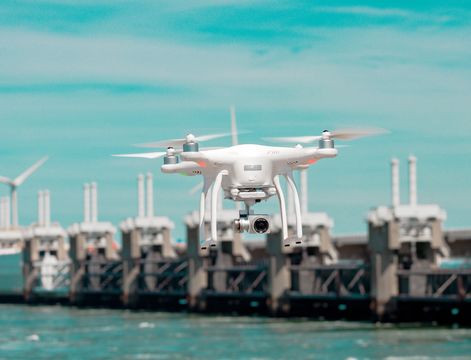
NL/DE Partnership brings drone innovation
The interregional learning process of Aerial Uptake inspired its lead partner Municipality of Enschede to continue on this path. Although situated on the....
The commercial UAS (unmanned aerial system) industry, commonly known as drones, is a rapidly expanding sector on a global scale, bearing large potentials for economic growth, jobs, innovation. Potential fields of application can bring broad social benefits, i.e. in public safety, logistics, environmental protection and monitoring, agriculture, etc. These potentials are also picked up by the European Commission through its Communication COM/2014/0207 that highlighted that UAS technologies offer huge potential for the development of innovative civil applications in a wide variety of sectors that benefit European society and constitute an emerging market that is able to significantly add to the creation of jobs and growth.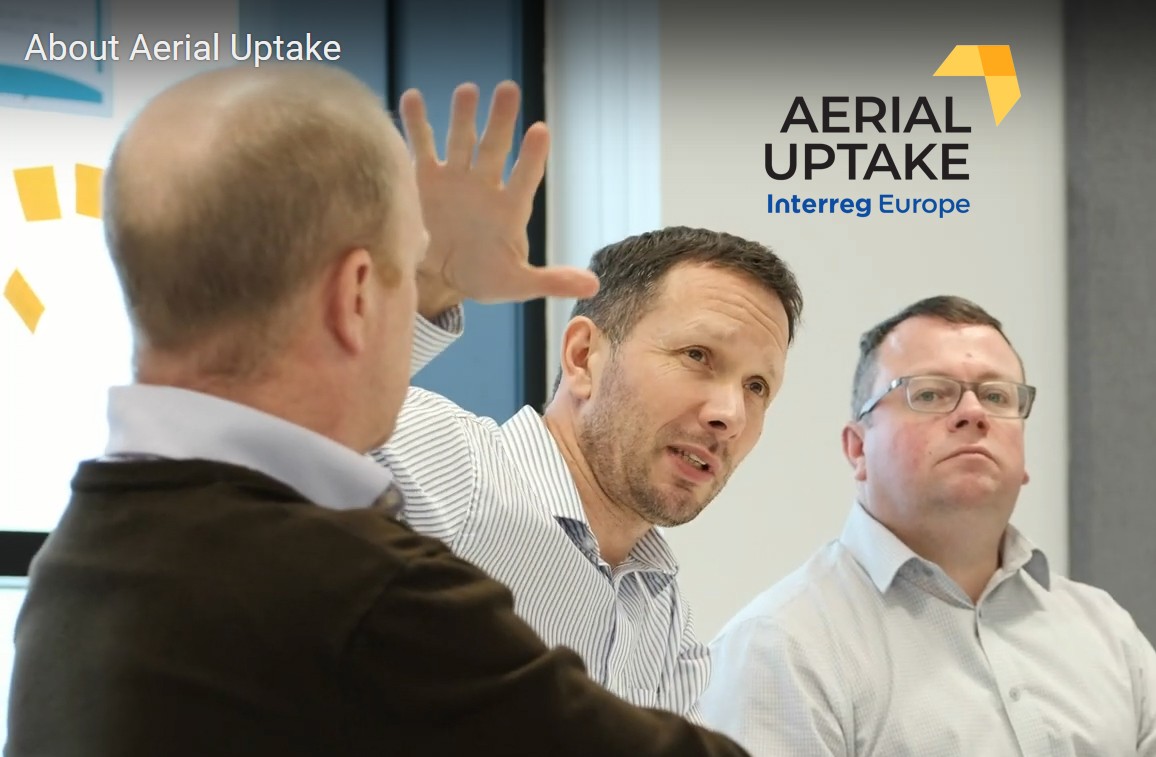
The industry however faces some unique challenges within the EU, caused by a lack of unified European standards and a fragmented landscape of regulatory bodies & policies, as well as limited knowledge, awareness and low level of public acceptance of this emerging technology. Although many policies targeting UASs are made at national and EU levels, significant work can be done at local / regional level to exploit innovation potential of UAS applications, as well as economic and societal benefits particularly in an urban context. Regional development policies shall create a favourable environment, allowing a flexible framework for experimentation, demonstration and market uptake of drone technology.
AERIAL UPTAKE brings together local / regional public authorities and key players of the UAS sector from 6 European regions, being pioneers in the creation of a single European drone market. They exchange and transfer knowledge to unleash the potentials of UAS technology for civil and commercial usages. Besides exploring and addressing the key needs and bottlenecks of innovation and commercialisation of UAS, partners investigate tailored solutions for increasing societal acceptance by enhancing and articulating positive social impacts of drone technology.
€1,376,167.00
Research and innovation
The Municipality of Enschede and the Province of Overijssel aim to influence the ERDF OP East Netherlands with regards to priority axis 1, Investment priority 1b, Specific Objective 1b-a „Increase the percentage of companies that work together through (further) clustering and networking” and Specific Objective 1b-b “To increase the revenue of businesses with supporting the testing and development of new products, including the development and testing of prototypes, within SMEs”.
Innovation in UAS fits under both SOs, and correspond to thematic fields of AERIAL UPTAKE (TF INNO addressing testing and prototyping, TF MARKET addressing clustering and cooperation). As an emerging technology, undergoing dynamic evolution in terms of regulations and policies, close attention needs to be paid if the OP provides a sufficiently favourable framework for supporting projects in the field of UAS. A particular concern to be addressed is the role of public authorities, i.e. local governments: UAS applications constitute a specific market with a strong impact on the public realm (e.g. drones flying over cities), which requires an active and integrative involvement of the government, as a regulator, as launching customer, as facilitator, and as responsible partner regarding the promotion of societal acceptance. While the OP East promotes research to business cooperation, an active role for public authorities and local governments is not ensured and facilitated.
The Catalonia ERDF 2014-2020 Operative Programme is key for Catalonia to advance in the implementation of Catalonia Strategy 2020 and in the achievement of the 2020 objectives. This project will be directly tackling Priority Axis 1: Research, Technology Development and Innovation promotion, specific Objective 1.2.1: Promotion activities led by companies, support for the creation and consolidation of innovative companies and support for innovative public procurement. The indicator to be achieved by the Programme is to support 3000 SMEs that perform technology innovation.
The above S.O. determine the selection and prioritization oof the ERDF OP: In addition, the ERDF contributes to three cross-cutting priorities that are also key to move towards the 2020 objectives. These priorities, unlike the previous ones, do not have a specific assignment in the ERDF OP, but they have to be taken into account in all performances: Territorial balance, Internationalization, Occupation and Smart specialization.
In terms of smart specialization, some of the emerging technologies are a new area where Catalonia can specialize and
develop an industrial sector around it. Some of this new technologies have particularities that need to be addressed and the OP needs to be improved to take them into account, considering the fact that since 2014 very few UAS related projects have been supported.
Strategy of Osijek Functional Urban Area Development till 2020 is the basis for Integrated Territorial Investment (ITI) financial allocation of the Osijek Functional Urban Area. The total amount of the ITI scheme is 39,942,741.39€ for the period 2014-2020 (33,951,330.18 Euro or 85% co-financed by ESI funds - ERDF, CF and ESF combined). It is based on selected OPCC and OPEHR 2014-2020 SOs, which include among others 3a2) Enabling favorable environment for business creation and development; 8ii1) Increase employment and rapid integration of NEETs into the labour market; 10ii3) Improving adult education system and upgrading skills and competences of adult learners. One of the strategic ITI projects of Osijek for 2014-2020 period is the IT park project (within SO3a2), which also includes drone / UAS technology development: a dronodrome and some of the IT companies to be located in the IT park develop software solutions for UAS applications. The project will also include an expert training programme on UAS technology and usage. Through the Poly-functional Centre in Osijek Functional Urban Area, trainings on UAS technology will be ensured, its popularisation, usage and social issues related through the ITI 8ii1 SO. The City of Osijek as ITI Level 1 Intermediary Body is responsible for selecting the successful projects and opportunity exists to shape and extend it through amending the planned projects by introducing UAS technology elements into the projects..
The Priority I - COMPETITIVE AND INNOVATIVE ECONOMY of the Regional Operational Programme of Podkarpackie Voivodeship 2014 – 2020 SO aims at strengthening research, technological development and innovation and also strengthening the competitiveness of SMEs, especially in aerospace sector.
Characteristics:
The priority in this area will create a business environment conducive to research and innovation. Key elements include strengthening the activities of research and innovation and improving knowledge transfer between public and private sectors and supporting SMEs.
The Regional Program of the Podkarpackie Voivodeship assumes financial support for companies operating in the aviation industry (as the smart specialization of the Podkarpacie region), including research and development, cooperation with business and cooperation as clusters. There is still budget in this Priority (close to half of allocation) and there will be next calls in next years. Supporting of SME sector is a one of key issue (appears in activities and indicators: Number of enterprises receiving support, Number of enterprises receiving subsidies, Number of enterprises using advanced services provided by environmental institutions business).
There is still budget in this Priority (close to half of allocation) and there will be calls in next years, which gives room to generate new projects based on the lessons learnt from the interregional learning process.
The ESIF Strategy for Lancashire 2014-20 led by the Lancashire Enterprise Partnership (LEP) sets out Lancashire’s plans for the local economy and indicates how European Structural and Investment (ESI) funds can enhance sustainable economic growth and generate employment.
Preston CC, as a consultee and member of the LEP, has the opportunity through this project to influence the currently ongoing refresh of the he ESIF Strategy for Lancashire to ensure the region is able to maximize opportunities from the fast growing drones industry. At present there is no particular strand in the strategy or LIS around skills and clusters for drones, there is a gap in GVA between Lancashire and the resto the UK and there is need to create more higher skilled jobs and upskill the population.
Lancashire has the single largest concentration of aerospace production in the UK, employing over 20,000 people and remains one of the most important centres for high technology manufacturing nationally. A key priority for the LEP is the development of the Lancashire Enterprise Zone and related supply chain and skills activity , supporting technological innovation and integration.
Aspirations are to build on strengths of British Aerospace (BAE) and advanced manufacturing in Lancashire to create higher paid, skilled jobs and increase Lancashire’s GVA.

The interregional learning process of Aerial Uptake inspired its lead partner Municipality of Enschede to continue on this path. Although situated on the....
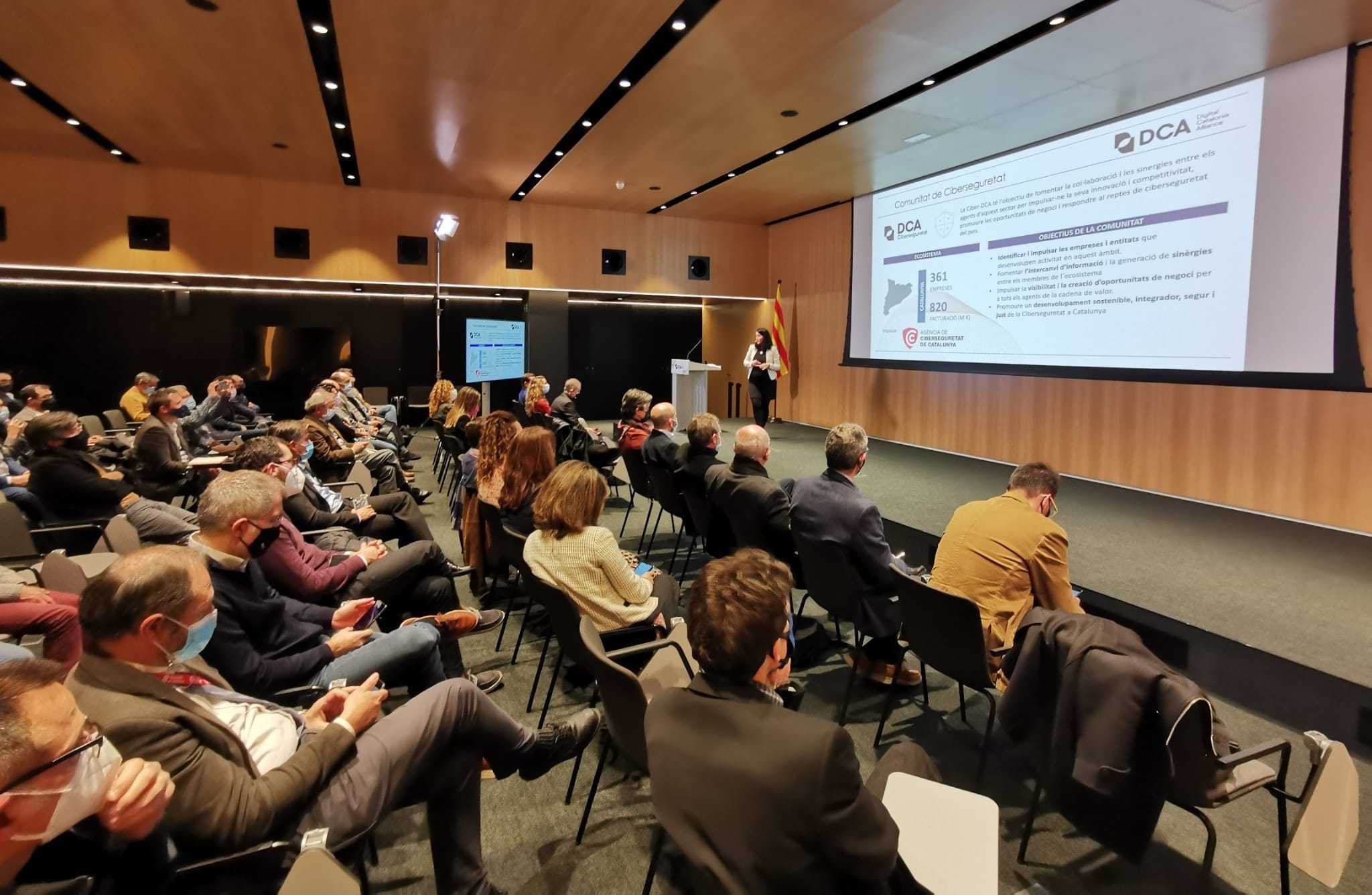
There are 2 new actions are being implemented: 1. Digital Catalonia Alliance (DCA) and DCA-Drons and 2. A tender to ease the access to drone test facilities...
On the basis of a Regional Strategy for Podkarpackie Region 2014-2020 were identified the following issues...
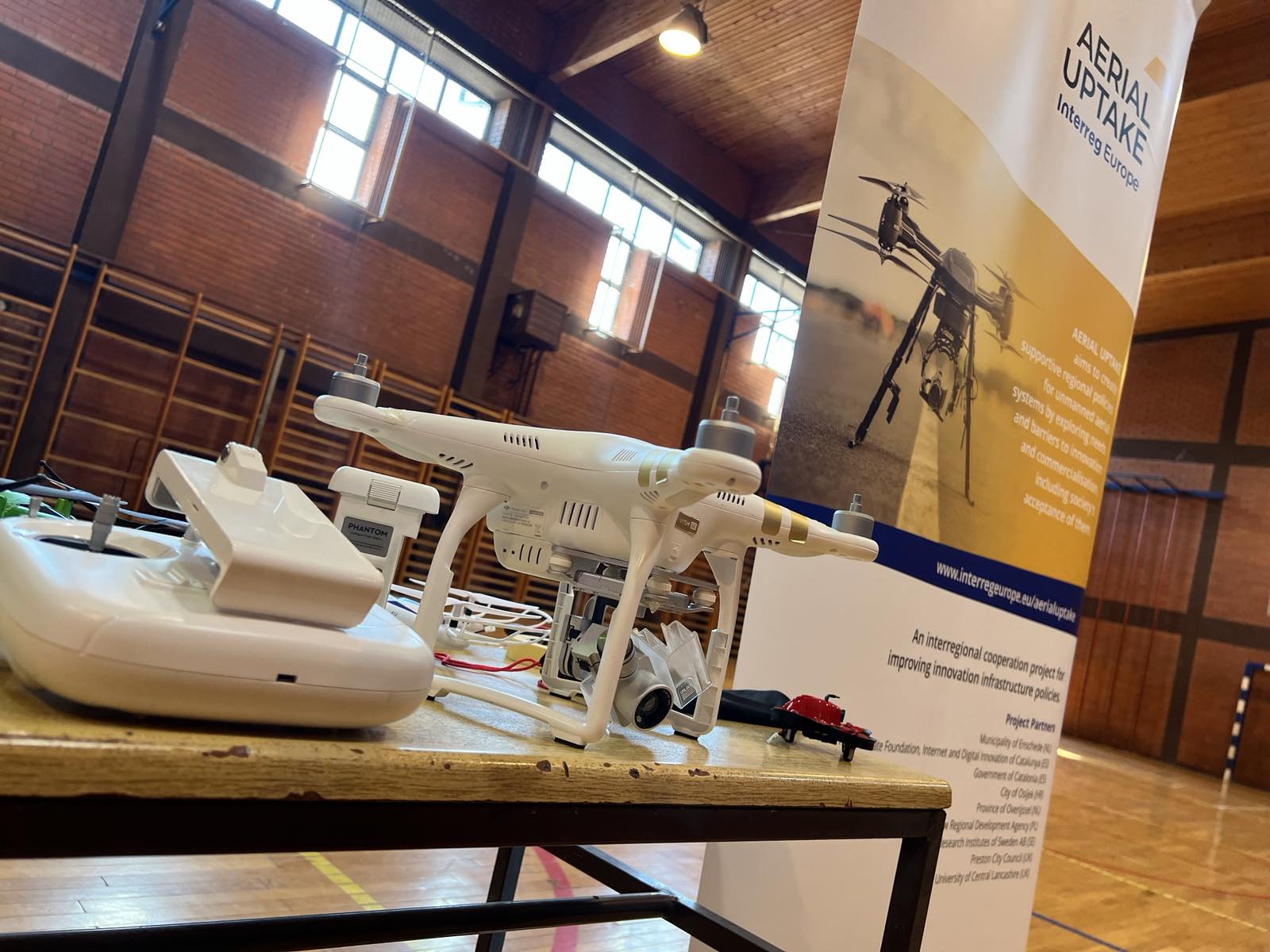
DRONE WIZARDS
SPRING AND SUMMER DRONE FLYING SCHOOLS ORGANISED BY OSIJEK CENTRE FOR TECHNICAL EDUCATION
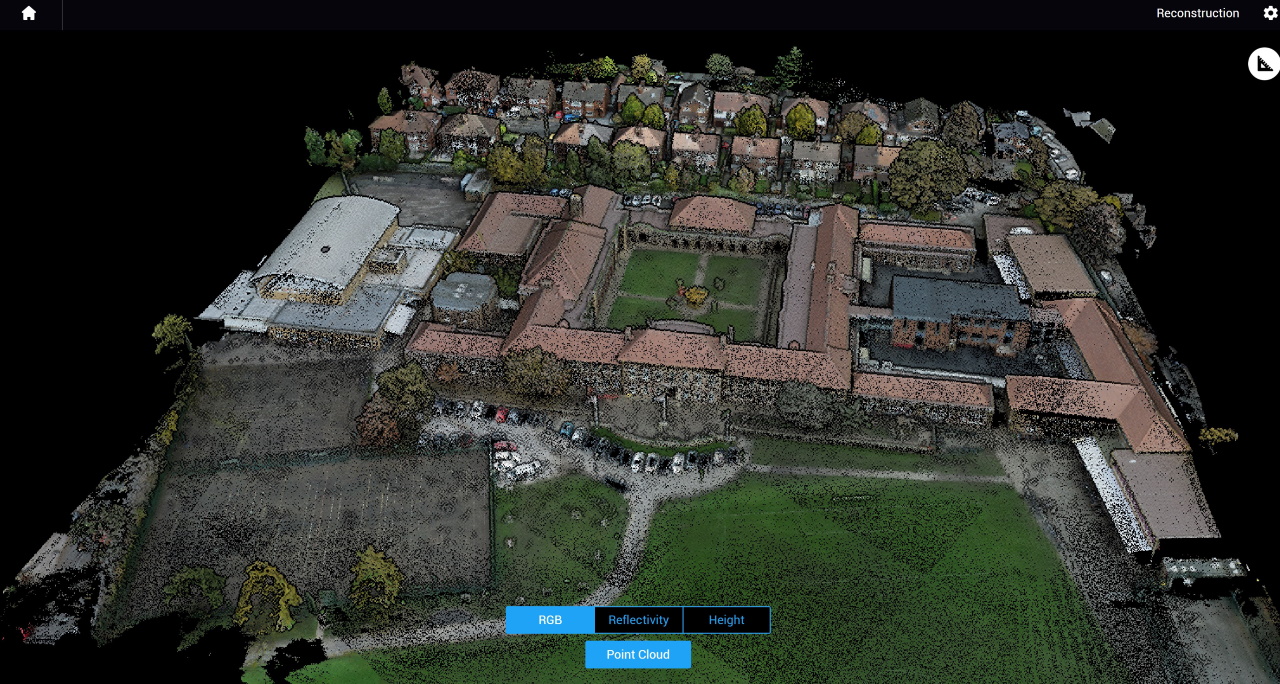
The UK's Aerial Uptake Action Plan for the Lancashire region aims to build upon existing regional strengths and provide the UK with a world-class innovation clu...

A concise overview of the results and achievements of the project through a short video.
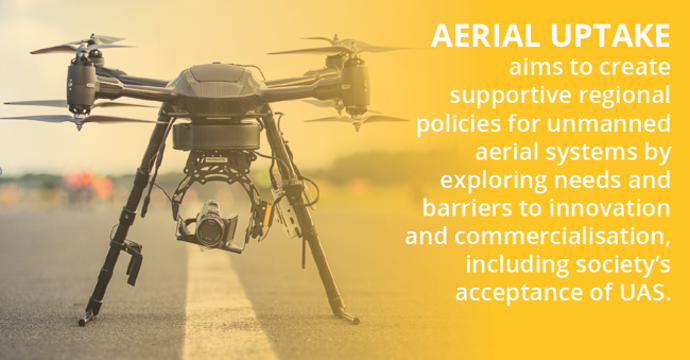
Five project regions have created their action plans with the concrete actions elaborated together with their stakeholders.....

This brief is to give a local overview of the drone market in your region, identify the key issues both commercially and socially and get the key actors.

Local video review.

Are you afraid of drones? Or do you think that they will play an important role in the next technological revolution making our life safer and more comfortable?